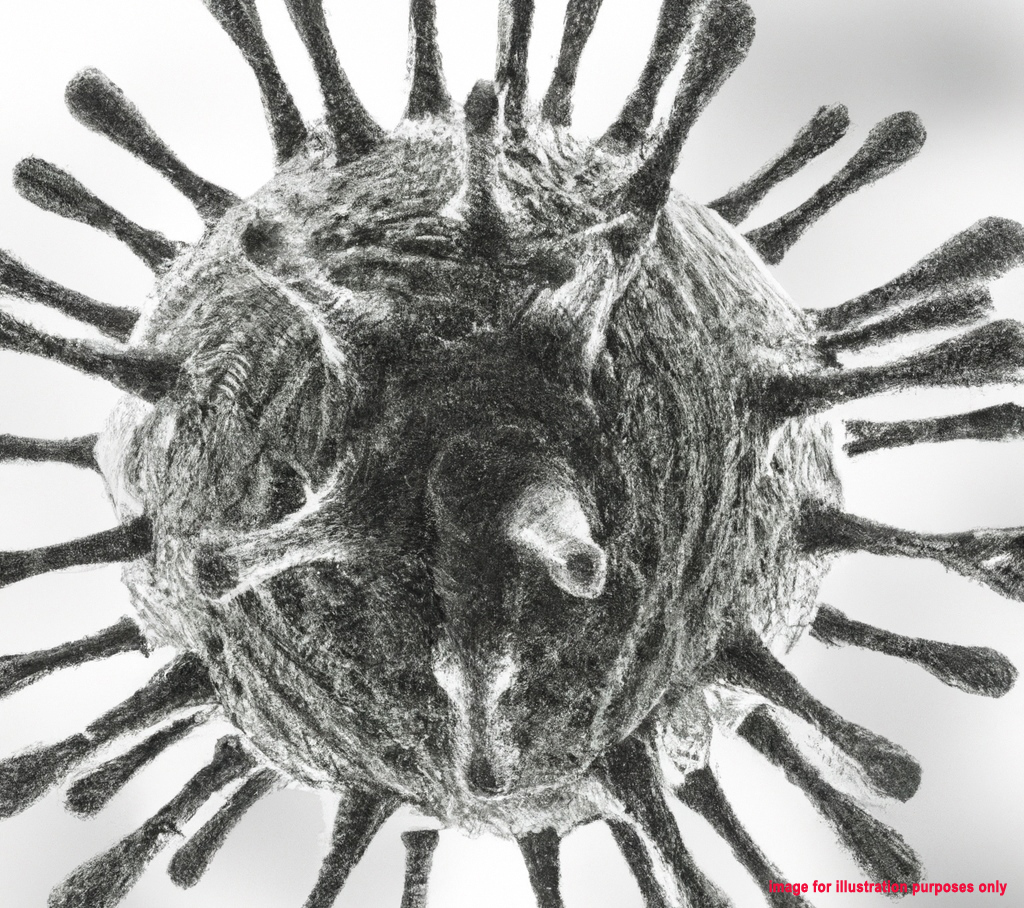AIDS (HIV)

Acquired immune deficiency syndrome (AIDS) is a condition affecting the
human immune system caused by the human immunodeficiency virus (HIV). This
disease compromises the immune system, making individuals with AIDS highly
susceptible to infections, including opportunistic infections and tumors
that typically do not affect those with healthy immune systems. As the
disease progresses, this susceptibility worsens.
HIV can be transmitted through various means, such as sexual intercourse
(anal, vaginal, or oral), blood transfusion, contaminated needles,
transmission from mother to baby during pregnancy, childbirth, or
breastfeeding. Transmission occurs through contact with infected bodily
fluids like blood, semen, vaginal fluid, preseminal fluid, or breast milk.
The terms HIV/AIDS are often used together. AIDS is a significant global
health issue and is classified as a pandemic, spreading actively across
various regions.
Symptoms of AIDS primarily stem from conditions that typically do not
develop in individuals with healthy immune systems. Opportunistic
infections, affecting nearly all organ systems, are common. People with AIDS
also face an elevated risk of developing certain cancers and may experience
systemic symptoms such as fever, night sweats, swollen glands, weakness, and
weight loss.
Many individuals infected with HIV are unaware of their status. HIV testing
is crucial for diagnosis, often performed using fourth-generation screening
tests that detect HIV antibodies and the HIV p24 antigen in blood samples.
The window period, the time between infection and detectable antibodies,
varies, typically taking 3–6 months. Polymerase chain reaction (PCR) tests
can detect the virus during this window period.
Prevention of HIV transmission focuses on safe sexual practices, avoiding
exposure to infected body fluids, and preventing mother-to-child
transmission during pregnancy and childbirth. Antiretroviral treatment can
significantly reduce viral transmission by lowering viral load in bodily
fluids.
While treatments can slow the progression of HIV/AIDS, there is currently no
cure or vaccine. Antiretroviral therapy reduces both mortality and new
infections but may not be universally accessible due to cost and
availability. Prevention remains paramount, with efforts aimed at promoting
safe sex and needle-exchange programs to curb the spread of the virus.
undo Common Diseases in Singapore